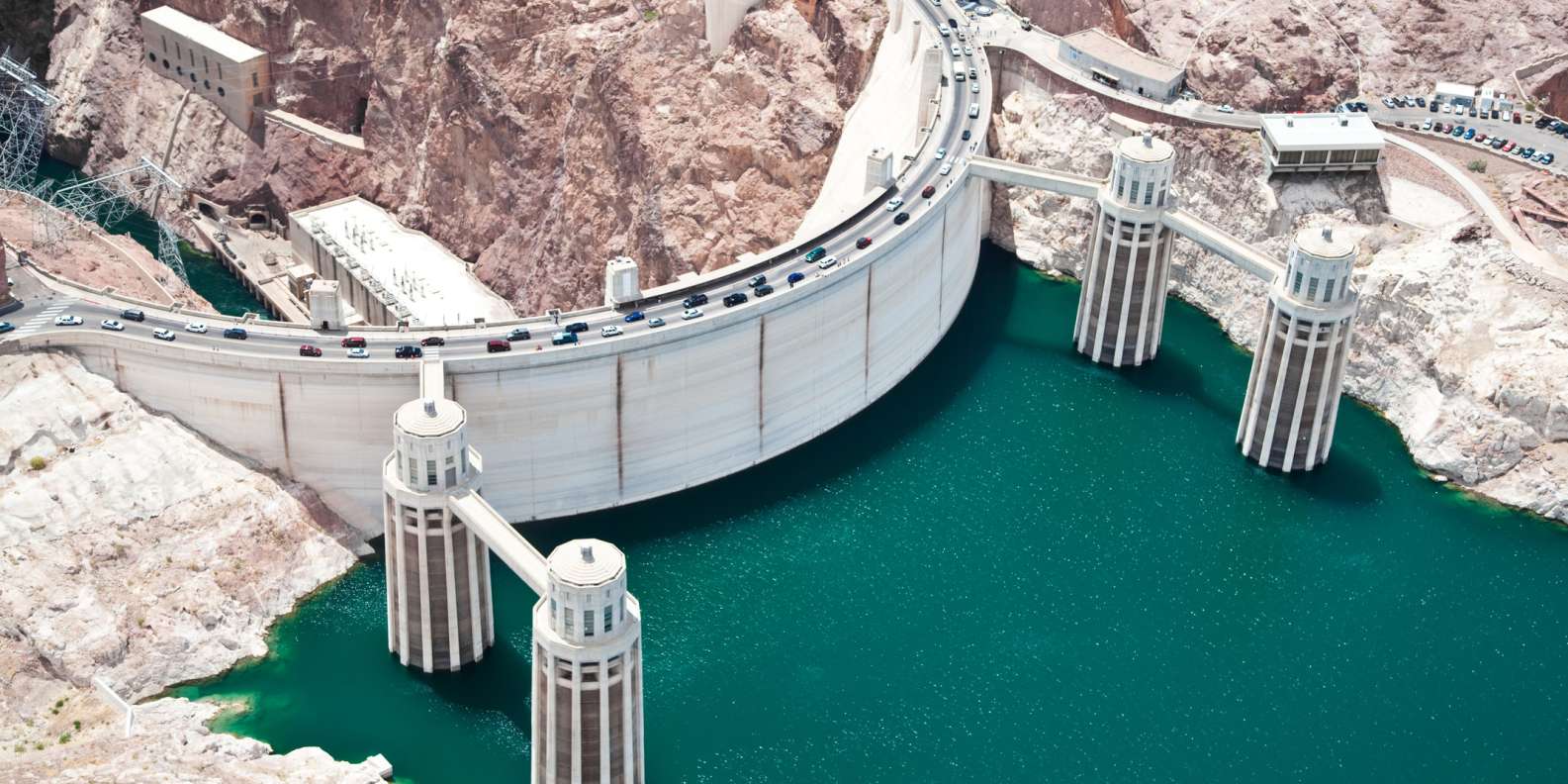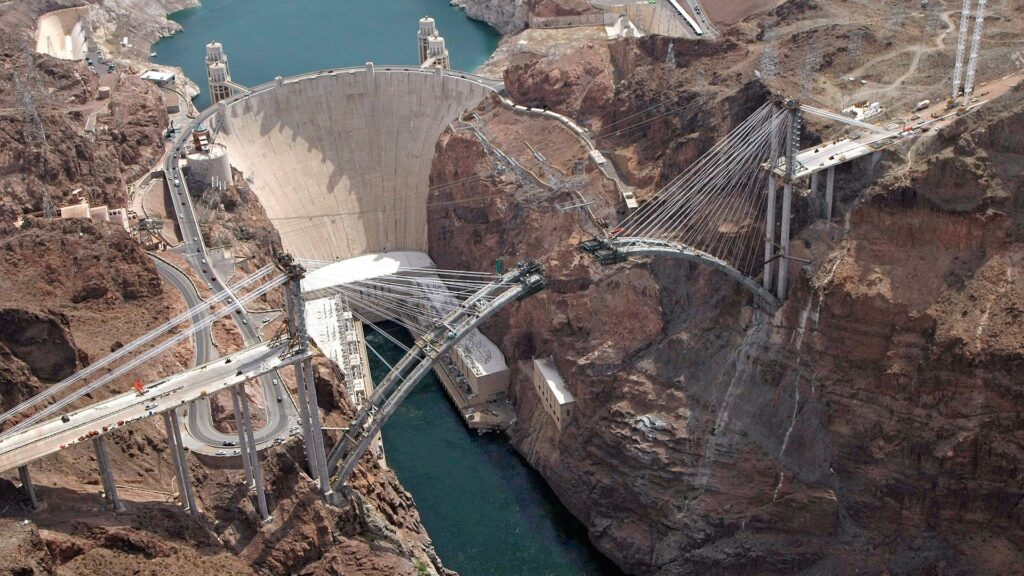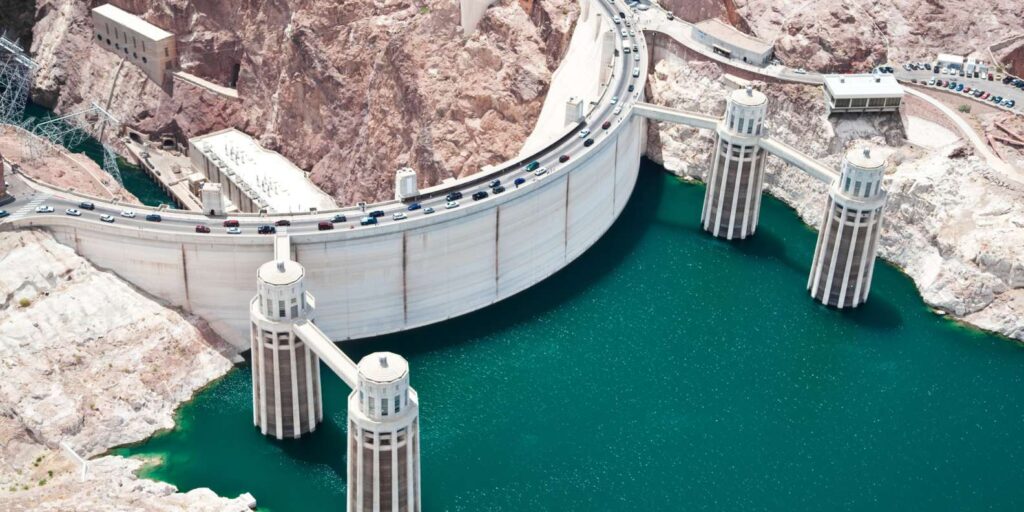We use cookies to help you navigate efficiently and perform certain functions. You will find detailed information about all cookies under each consent category below.
The cookies that are categorized as "Necessary" are stored on your browser as they are essential for enabling the basic functionalities of the site. ...
Necessary cookies are required to enable the basic features of this site, such as providing secure log-in or adjusting your consent preferences. These cookies do not store any personally identifiable data.
Functional cookies help perform certain functionalities like sharing the content of the website on social media platforms, collecting feedback, and other third-party features.
Analytical cookies are used to understand how visitors interact with the website. These cookies help provide information on metrics such as the number of visitors, bounce rate, traffic source, etc.
Performance cookies are used to understand and analyze the key performance indexes of the website which helps in delivering a better user experience for the visitors.
Advertisement cookies are used to provide visitors with customized advertisements based on the pages you visited previously and to analyze the effectiveness of the ad campaigns.

The Hoover Dam is a marvel of engineering and certainly worth a visit. The Dam tour is very interesting, be sure to ask where is the dam bait.

Hoover Dam is a concrete arch-gravity dam in the Black Canyon of the Colorado River, on the border between the U.S. states of Nevada and Arizona. Constructed between 1931 and 1936, during the Great Depression, it was dedicated on September 30, 1935, by President Franklin D. Roosevelt. Its construction was the result of a massive effort involving thousands of workers, and cost over 100 lives. In bills passed by Congress during its construction, it was referred to as the Hoover Dam, after President Herbert Hoover, but was named the Boulder Dam by the Roosevelt administration. In 1947, the name Hoover Dam was restored by Congress.

Since about 1900, the Black Canyon and nearby Boulder Canyon had been investigated for their potential to support a dam that would control floods, provide irrigation water and produce hydroelectric power. In 1928, Congress authorized the project. The winning bid to build the dam was submitted by a consortium named Six Companies, Inc., which began construction in early 1931. Such a large concrete structure had never been built before, and some of the techniques used were unproven. The torrid summer weather and lack of facilities near the site also presented difficulties. Nevertheless, Six Companies turned the dam over to the federal government on March 1, 1936, more than two years ahead of schedule.
Hoover Dam impounds Lake Mead and is located near Boulder City, Nevada, a municipality originally constructed for workers on the construction project, about 30 mi (48 km) south-east of Las Vegas, Nevada. The dam’s generators provide power for public and private utilities in Nevada, Arizona, and California. Hoover Dam is a major tourist attraction, with 7 million tourists a year. The heavily traveled U.S. Route 93 (US 93) ran along the dam’s crest until October 2010, when the Hoover Dam Bypass opened.

On December 21, 1928, President Coolidge signed the bill authorizing the dam. The Boulder Canyon Project Act appropriated $165 million for the project along with the downstream Imperial Dam and All-American Canal, a replacement for Beatty’s canal entirely on the U.S. side of the border. It also permitted the compact to go into effect when at least six of the seven states approved it. This occurred on March 6, 1929, with Utah’s ratification; Arizona did not approve it until 1944.

The first concrete was poured into the dam on June 6, 1933, 18 months ahead of schedule. Since concrete heats and contracts as it cures, the potential for uneven cooling and contraction of the concrete posed a serious problem. Bureau of Reclamation engineers calculated that if the dam were to be built in a single continuous pour, the concrete would take 125 years to cool, and the resulting stresses would cause the dam to crack and crumble. Instead, the ground where the dam would rise was marked with rectangles, and concrete blocks in columns were poured, some as large as 50 ft square (15 m) and 5 feet (1.5 m) high. Each five-foot form contained a set of 1-inch (25 mm) steel pipes; cool river water would be poured through the pipes, followed by ice-cold water from a refrigeration plant. When an individual block had cured and had stopped contracting, the pipes were filled with grout. Grout was also used to fill the hairline spaces between columns, which were grooved to increase the strength of the joints.
The concrete was delivered in huge steel buckets 7 feet high (2.1 m) and almost 7 feet in diameter; Crowe was awarded two patents for their design. These buckets, which weighed 20 short tons (18.1 t; 17.9 long tons) when full, were filled at two massive concrete plants on the Nevada side, and were delivered to the site in special railcars. The buckets were then suspended from aerial cableways which were used to deliver the bucket to a specific column. As the required grade of aggregate in the concrete differed depending on placement in the dam (from pea-sized gravel to 9 inches [230 mm] stones), it was vital that the bucket be maneuvered to the proper column. When the bottom of the bucket opened up, disgorging 8 cu yd (6.1 m3) of concrete, a team of men worked it throughout the form. Although there are myths that men were caught in the pour and are entombed in the dam to this day, each bucket deepened the concrete in a form by only 1 inch (25 mm), and Six Companies engineers would not have permitted a flaw caused by the presence of a human body

The changes in water flow and use caused by Hoover Dam’s construction and operation have had a large impact on the Colorado River Delta. The construction of the dam has been implicated in causing the decline of this estuarine ecosystem. For six years after the construction of the dam, while Lake Mead filled, virtually no water reached the mouth of the river. The delta’s estuary, which once had a freshwater-saltwater mixing zone stretching 40 miles (64 km) south of the river’s mouth, was turned into an inverse estuary where the level of salinity was higher close to the river’s mouth.
The Colorado River had experienced natural flooding before the construction of the Hoover Dam. The dam eliminated the natural flooding, threatening many species adapted to the flooding, including both plants and animals. The construction of the dam devastated the populations of native fish in the river downstream from the dam. Four species of fish native to the Colorado River, the Bonytail chub, Colorado pikeminnow, Humpback chub, and Razorback sucker, are listed as endangered.